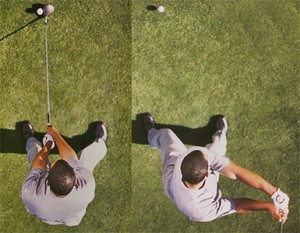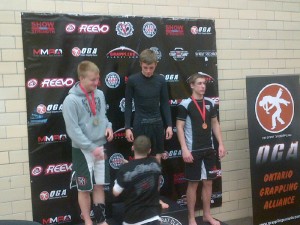Spring into the Season with Healthy Feet
The best time to remove dead skin around the feet (AKA calluses) is after a shower or bath. Use a pumice stone or a foot filer to remove all of your calluses. Do not use a nail clipper to take down your calluses as the calluses will grow thicker! Use an exfoliating scrub around the soles and sides of your feet to eliminate all the dry, flaky skin from the winter season. Make sure to apply an emollient-rich skin cream around the top and bottom surface of your feet to hydrate the skin and to increase circulation. Do not apply any moisturizer in between the toes as this can increase your risk of bacterial infections in between the toes.
Most importantly, practice good foot hygiene by washing your feet with soap and drying them adequately, especially in between the toes. If you suspect any nail and/or skin conditions on your feet, an assessment with a Chiropodist is recommended. For further information, please book an assessment with Jennifer Lam, the Chiropodist at Form and Function Clinic.


